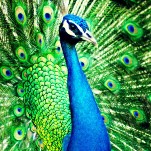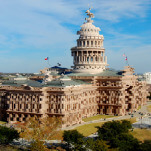New York's Hottest Club Is Baroque Bird Genitalia
LatestNew York Times science columnist Carl Zimmer has penned an important article about why we should care about the sex life of birds. What you should actually care about is how many references there are to bird genitalia in Carl Zimmer’s article.
In case you’re concerned that reading Zimmer’s piece – which should really be filed in the New York Times “After Dark” section – might get you too excited or you know the firewall at your work is a little stringent, here’s the juicy stuff:
-

-

-

-

-

-

-

-

-

-

-

-

-

-

-

-

-

-

-

-

-

-

-

-

-

-

-

-

-

-

-

-

-

-

-

-

-

-

-

-








































